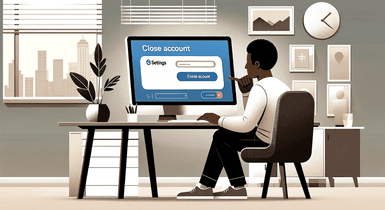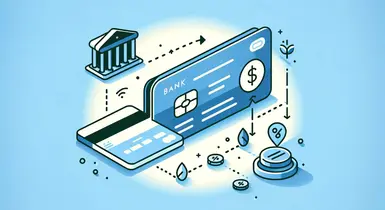Chase Banking Fees: How to Avoid
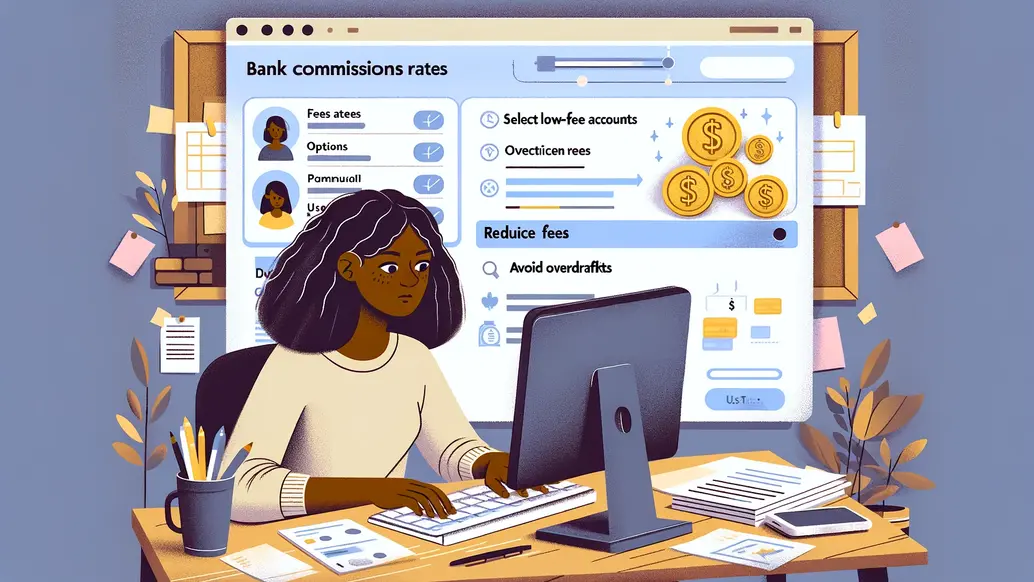
In modern banking, fees are an inevitable part of holding an account, and Chase Bank, a true giant in the financial services sector, is no exception when it comes to imposing various charges. The good news is, there are always ways to reduce, minimize, and sometimes even eliminate these charges.
In this guide, we’ll break down the details of Chase Bank fees and offer practical tips to help you manage your accounts with confidence.
How to Avoid Chase Bank Monthly Fees
If you have fulfilled all the requirements to open a Chase bank account, let's move on to consider the fees for various transactions. A monthly service fee with Chase is a standard charge that Chase applies for keeping an active account and processing transactions. The fee amount varies depending on the type of account you have.
To better understand the service fees you might face with Chase accounts, take a look at the table below:
Account Type | Monthly Fee |
|---|---|
Chase Total Checking | $0 or $12 |
Chase Premier Plus Checking | $0 or $25 |
Chase Sapphire Checking | $0 or $25 |
Chase High School Checking | $0 |
Chase College Checking | $0 or $12 |
Chase Secure Checking | $0 to $4.95 |
Chase Savings | $0 or $5 |
Chase Premier Savings | $0 or $25 |
Does Chase have monthly fees for all accounts? The bank has service charges in place for all checking and savings accounts except the ones, which are geared toward kids and students: Chase First Banking and Chase High School Checking.
Although Chase's fees aren't the highest in the industry, there are still several ways to avoid them. Here are a few strategies how to avoid Chase monthly fee:
- Minimum Balance: Keeping a minimum daily balance in your account is one of the most common ways to skip monthly maintenance payments. The Chase Bank minimum balance to avoid fees is from $1,500 to $75,000 in linked accounts to waive the Chase Bank monthly service fee.
- Set Up Direct Deposits: Another way to get the fee waived is by having a set amount of direct deposits into your account within a specific time frame. For Chase, depositing at least $500 in direct deposits each month will keep the fee at bay.
- Account Type or Special Relationships: Certain account holders, such as students, military members, or veterans, may qualify for fee waivers or discounts, depending on the specific account terms. Additionally, have a linked Chase mortgage, you may also be eligible for reduced fees.
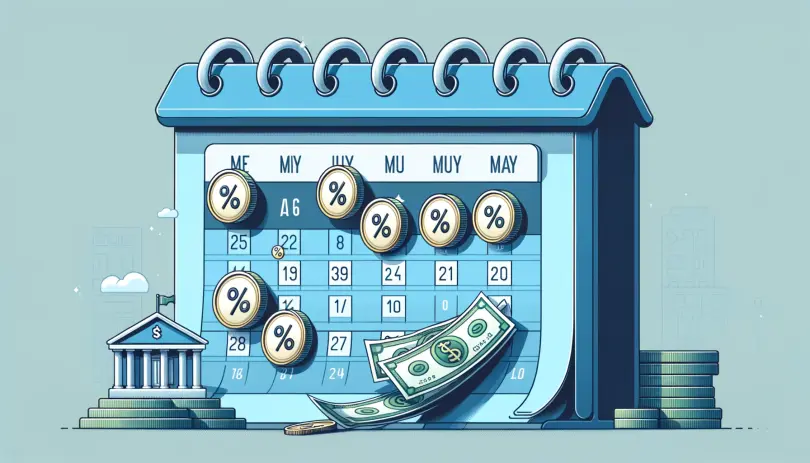
To meet these requirements and avoid a Chase Bank monthly fee, you can:
- Automate direct deposits to maintain a consistent cash flow into your account;
- Use Chase’s mobile app or online banking alerts to keep an eye on your account balance and make sure it meets the required threshold;
- Switch to a different Chase account with terms that better suit your financial situation.
How to Avoid Overdraft Charges With Chase
An overdraft happens when you spend more money than what’s in your account. In this case, Chase Bank charges an overdraft fee of $34 per transaction, which can potentially lead to a cascade of fees if multiple transactions overdraw your account. However, Chase High School Checking and Chase Secure Checking accounts don’t offer overdraft services.
To avoid these overdraft fees, you can:
- Consider opting out of Chase’s overdraft coverage. This means your transactions will simply be declined if you attempt to spend more than your current balance, helping you steer clear of fees.
- Connect a savings account or line of credit to your checking account. In case of an overdraft, Chase can transfer funds automatically from the linked account if you overdraw, sparing you from incurring overdraft fees.
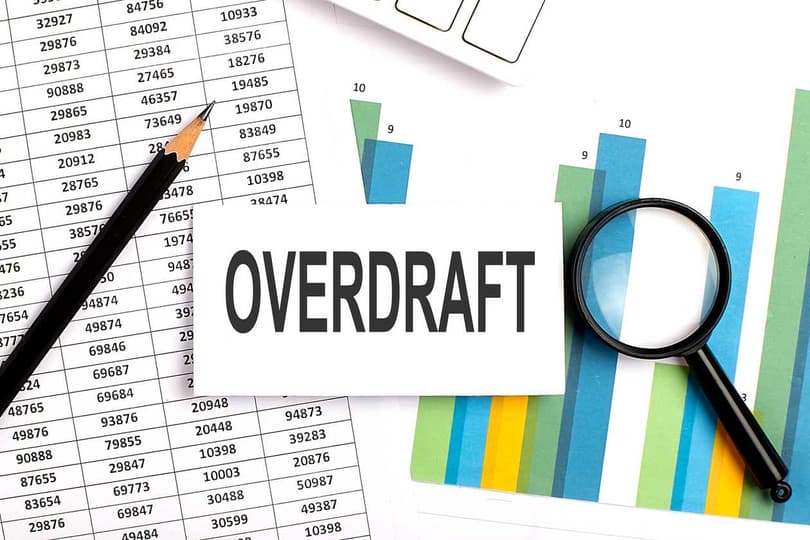
It's important to know if is Chase credit journey accurate before using this feature to check your credit data.
How to Avoid Chase Bank Fees for ATM Service
ATM fees apply when you use an ATM outside of Chase’s network. For Chase account holders, using an out-of-network ATM typically results in two charges: one from Chase Bank, which is up to $5 per transaction, and another from the ATM operator. However, Chase Sapphire Checking and Chase Premier Savings accounts come with no ATM fees by default.
To avoid Chase Bank fees for ATM operation with other accounts and conveniently access your funds, you can:
- Stick to using ATMs that belong to Chase, available nationwide;
- Opt for cashback when making purchases at the retailers that offer this service for Chase debit cards users, which allows you to withdraw funds without extra charges.
How to Avoid Chase Bank Fees for Wire Transfers
These Chase Bank fees are applied when you send money from your account to another bank account, either domestically or internationally. Depending on the type of transfer, currency, and destination, Chase charges up to $50 per transfer. However, there are options to reduce or avoid these fees in several ways:
- You can use an online platform like Zelle for domestic transfers that allows sending money between individuals and businesses at little or no cost in the U.S.
- Use ACH payments for non-urgent transfers to move funds between accounts at different financial institutions without incurring wire transfer fees.
- Use Chase website or mobile app to waive fees for incoming transfers and reduce them for outcoming wires.
- For international transfers over $5,000 in foreign currency, Chase doesn’t charge a fee.
A closer look at the Chase bank international wire transfer fee will help you determine if this transfer will be beneficial for you. However, if you are not satisfied, you need to learn how to close a Chase checking account before you go to a competitor.
Final Thought
Chase Bank fees are relatively low and won’t hit your budget too much. However, knowing how to navigate them can help you reduce or even eliminate them. By following the tips in this guide, you can manage your money more effectively and save on unnecessary costs.

